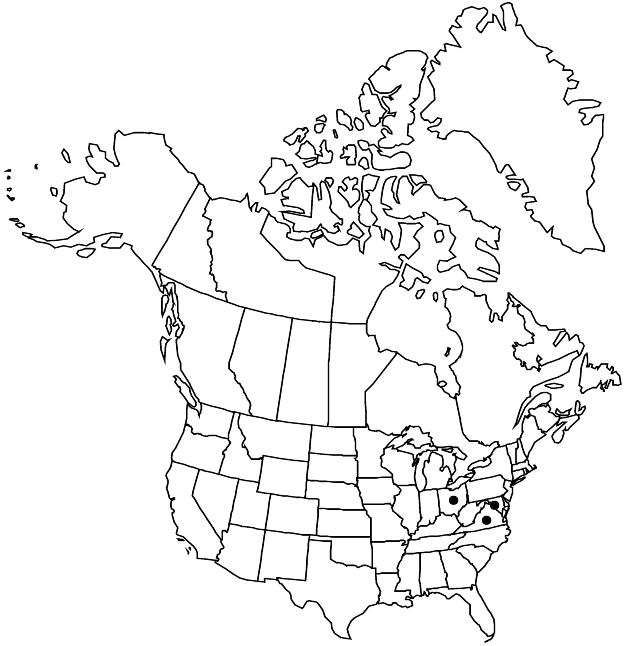Prunus subhirtella
Ann. Mus. Bot. Lugduno-Batavi 2: 91. 1865.
Trees, not suckering, 30–100 dm, not thorny. Twigs with terminal end buds, hairy. Leaves deciduous; petiole 5–10 mm, hairy, glandular distally or on margins at bases of blades; blade elliptic, oblong-ovate, or ovate, 3–8 × 1.5–4 cm, base obtuse, margins doubly serrate, teeth sharp, glandular, apex acuminate, abaxial surface hairy along midribs and veins, adaxial glabrous or with appressed hairs along midrib. Inflorescences 2–5-flowered, umbellate fascicles. Pedicels 8–22 mm, hairy. Flowers blooming before leaf emergence; hypanthium tubular to tubular-urceolate, 4–7 mm, hairy externally; sepals erect to spreading, oblong-ovate, 2–5 mm, margins toothed, sometimes glandular, abaxial surface sparsely hairy, adaxial glabrous; petals pale-pink, oblong to obovate, 8–12 mm; ovaries glabrous. Drupes black, subglobose, 8 mm, glabrous; mesocarps fleshy; stones ellipsoid, not flattened. 2n = 24 (Japan).
Phenology: Flowering Mar–Apr; fruiting Jun.
Habitat: Disturbed sites, abandoned plantings
Elevation: 0–200 m
Distribution

Introduced; D.C., Ohio, Va., e Asia (Japan)
Discussion
Selected References
None.